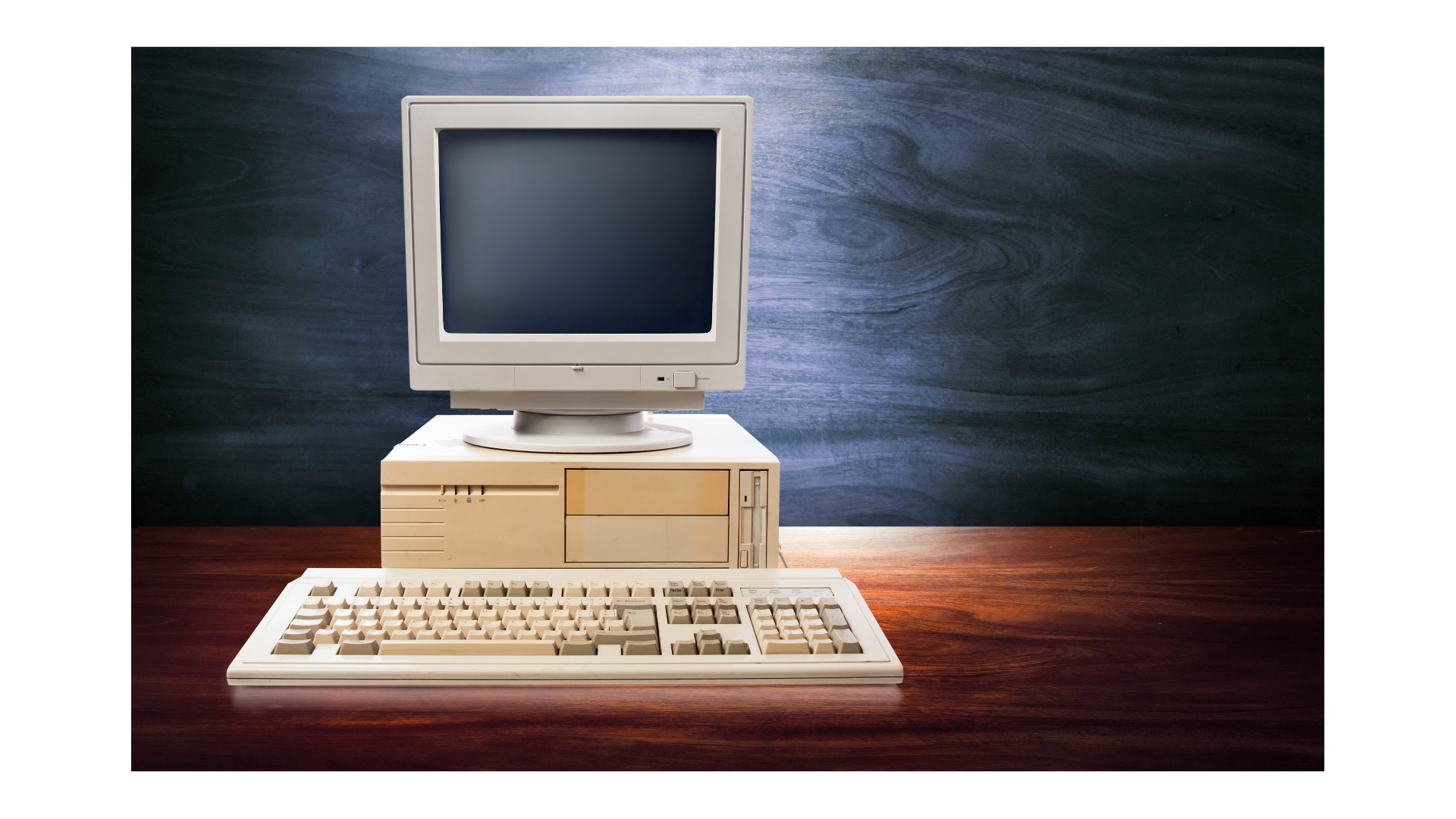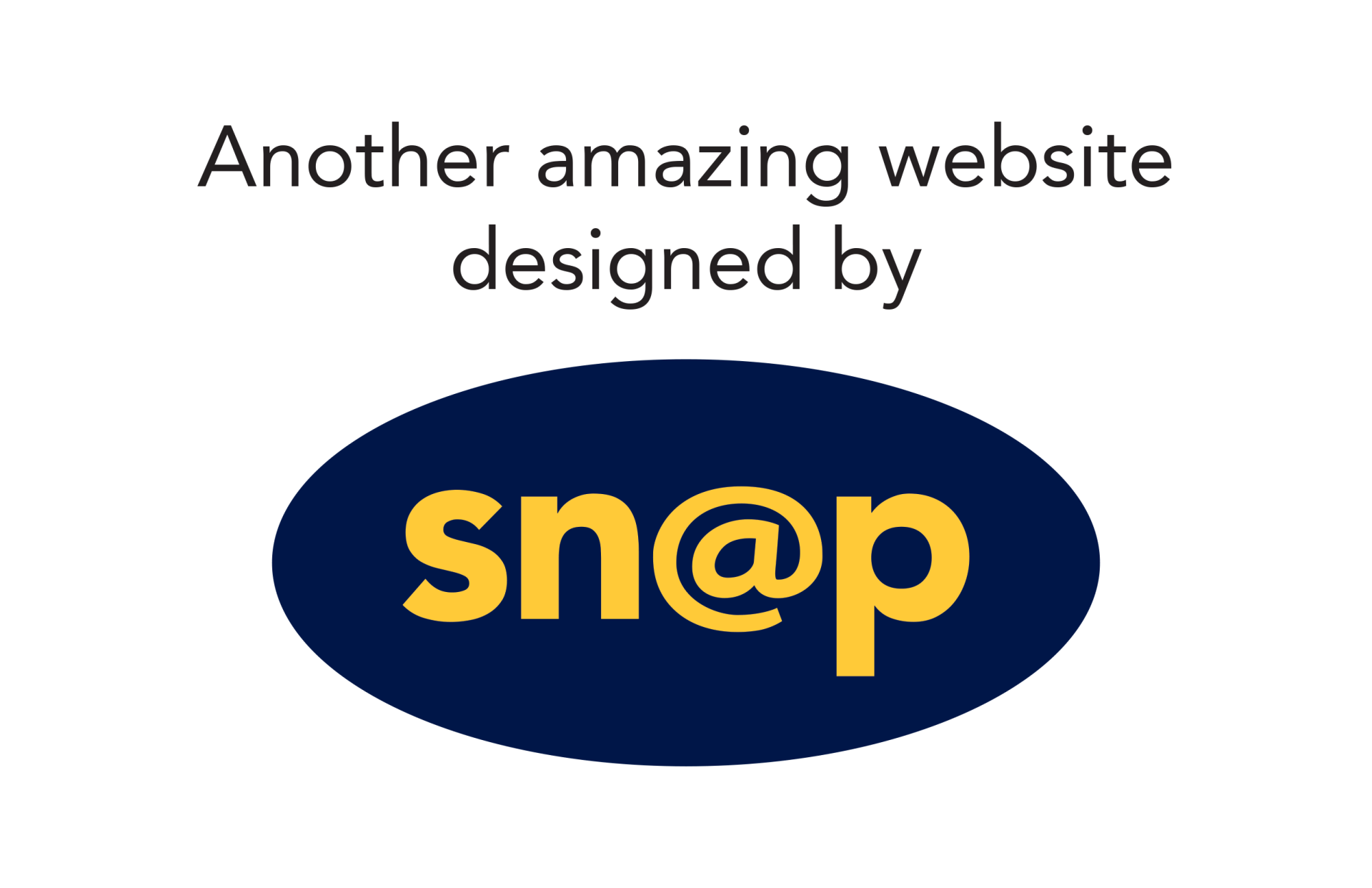IT EXPERTISe
OUR NEWS.
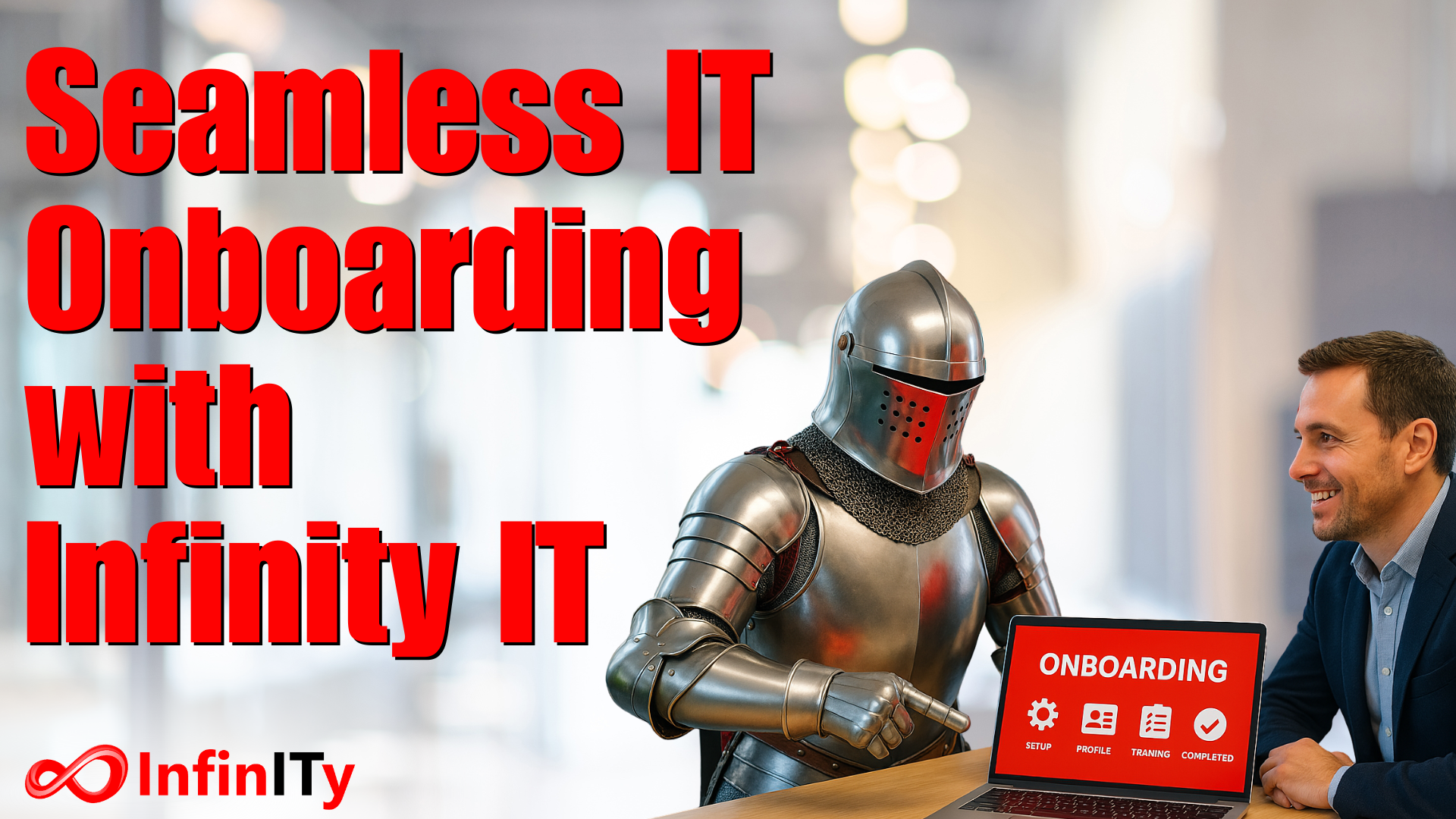
Switching IT providers can feel daunting, with concerns about downtime, miscommunication, and disruptions. At Infinity IT, we eliminate these worries with a structured, client-focused onboarding process designed for a smooth and stress-free transition. Why Choose Infinity IT? ✔ Proven Process – Our refined onboarding blueprint ensures a seamless transition. ✔ Comprehensive Assessment – We evaluate your IT environment to identify risks, document assets, and establish performance baselines. ✔ Clear Roadmap – Actionable recommendations prioritised by urgency and impact. ✔ Risk Management – Meticulous planning to mitigate potential disruptions. ✔ Stakeholder Engagement – Involving key team members to address business-specific needs. ✔ Transparent Communication – Regular updates and clear documentation every step of the way. Client Success: Community Credit Union "Infinity IT made our transition seamless with impeccable organisation, minimal disruption, and outstanding communication. A truly reliable IT partner!" Andrew Higgs, CTO
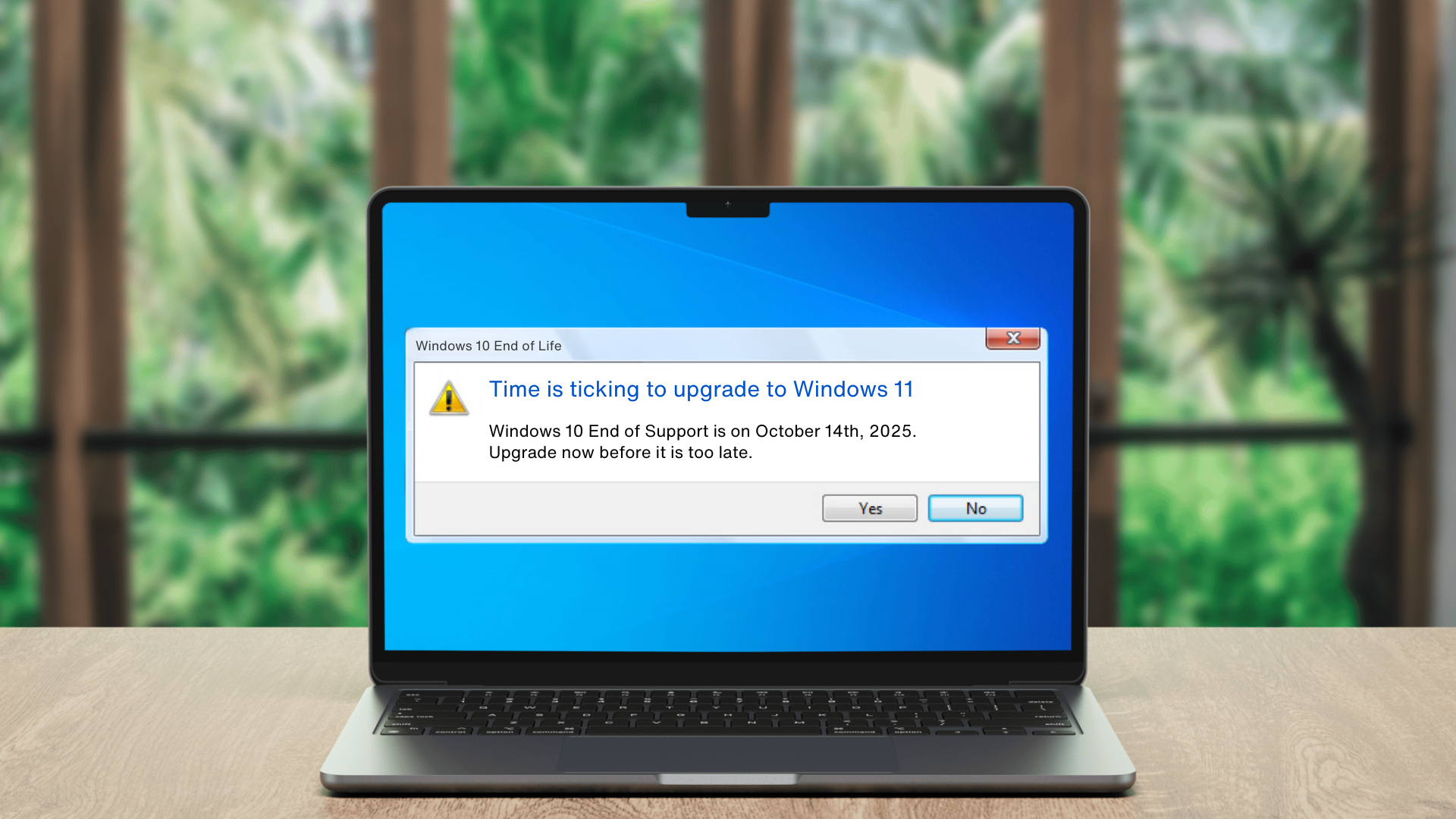
Countdown to Windows 11: Why Upgrading now is a must before time runs out... As the technological landscape continues to evolve, so must our tools. The impending end of Windows 10's lifecycle marks a significant turning point, especially as 70% of computers worldwide apparently use Windows 10: it's time to embrace Windows 11. With only one year left to upgrade, it's crucial to understand why making the move now is essential for both individuals and businesses. Let’s explore the compelling reasons for upgrading to Windows 11 sooner rather than later. 1. Smooth Transition: Avoid Last-Minute Rush Waiting until the last minute to upgrade can lead to several complications: Increased Demand: As the End-of-Life date approaches, demand for upgrades and technical support will surge, potentially leading to longer wait times and higher costs. Hasty Upgrades: Rushing the upgrade process increases the likelihood of errors, data loss, and compatibility issues. Limited Time for Adjustment : Upgrading now gives you ample time to familiarise yourself with Windows 11, ensuring a smooth transition. By upgrading early, you can avoid the last-minute rush and ensure a seamless, well-planned transition. 2. Enhanced Security: Protecting Your Digital Realm Security should always be a top priority, and Windows 11 is built with advanced security features that surpass those of Windows 10. Here’s why upgrading now is vital: Hardware-Based Security: Windows 11 leverages TPM 2.0 (Trusted Platform Module) and Secure Boot, providing robust protection against firmware and hardware attacks. I ntegrated Threat Protection: Enhanced malware protection, including cloud-based security and Microsoft Defender Antivirus, offers comprehensive defence mechanisms. Zero Trust Model: Windows 11 adopts a zero-trust security approach, ensuring stricter access controls and data protection measures. By upgrading now, you can immediately benefit from these advanced security features, safeguarding your data and devices against emerging threats. 3. Continued Support and Updates: Stay Current and Supported Microsoft will cease to provide updates, security patches, or technical support for Windows 10 after October 14, 2025. This lack of support means: No Security Patches: Without regular updates, your system becomes vulnerable to new security threats. No Feature Updates: You'll miss out on new features and improvements that enhance user experience and productivity. No Technical Support : Troubleshooting issues without official support can be challenging and time-consuming. Upgrading to Windows 11 now ensures you remain in the loop with ongoing updates and support, keeping your system secure and up to date. 4. Performance and Productivity Boost: Work Smarter, Not Harder Windows 11 is designed to improve both performance and productivity. Here’s how upgrading now can transform your computing experience: Faster Performance : Optimisations in Windows 11 result in quicker boot times, faster app launches, and improved power management. Enhanced Multitasking: Features like Snap Layouts and Virtual Desktops streamline multitasking, allowing you to organise your work more efficiently. Integrated Tools: Seamless integration with Microsoft Teams and other productivity tools fosters better collaboration and communication. Upgrading now allows you to start benefiting from these enhancements immediately, enabling you to work more effectively and efficiently. 5. Compatibility with New Technologies: Future-Proof Your System As new software and hardware are developed with Windows 11 in mind, staying on an outdated OS can lead to compatibility issues. By upgrading now, you ensure: Software Compatibility: Access to the latest applications and software updates designed for Windows 11. Hardware Compatibility: Compatibility with new hardware technologies and peripherals, ensuring optimal performance and functionality. Future-proofing your system by upgrading now minimises the risk of running into compatibility issues down the line. Conclusion: Embrace the Future Today The impending end of Windows 10 signals a crucial moment: it’s time to embrace Windows 11. With only one year left to upgrade, the clock is ticking. Upgrading now offers numerous benefits, from enhanced security and ongoing support to improved performance and future-proof compatibility. Don’t wait until it’s too late. Start planning your upgrade today and step confidently into the future with Windows 11. Your digital realm deserves the best—upgrade now and ensure it remains secure, efficient, and ready for whatever comes next.

You Still Need to Back Up Your Microsoft 365 Data Multiple organisations have settled on cloud-based Software-as-a-service (SaaS) solutions from the Microsoft 365 (M365) family of products. This is understandable as M365 provides rich applications and services that are easy to commission and onboard users without any on-premise infrastructure management. Do you need to back up Microsoft 365 data, such as the emails in Office 365? It’s a question that’s often asked. And it’s a question that’s frequently answered in contradictory ways. Let’s not bury the lede — the answer, as far as we are concerned, is an emphatic yes. It’s your data in M365, and you are responsible for it. Microsoft delivers some protections via SLAs, site mirroring, and retention policies. But these are not backups in the traditional sense, and if you have to produce data for regulators at some point or for any other reason, you may discover they’re not good enough. One aspect of M365 and other cloud services from Microsoft that often surprises people is that having your data in M365 does not remove your responsibility for backing it up. Microsoft operates its cloud-based services on a shared responsibility model, and for data stored in its SaaS solutions like M365, the responsibility for data backup and integrity resides with the organisations using M365. Image 1 shows a table of responsibilities taken from Microsoft’s Shared responsibility in the cloud document on the Microsoft Learn site.

The healthcare industry remains one of the prime targets for external and internal cyber attacks, as protected health information (PHI) is in high demand on the dark web. The frequency and sophistication of attacks continue to rise, posing significant challenges to the healthcare sector. Malware Attacks by Industry - Sonicwall CyberThreat report 2023 Education Healthcare Finance Retail Government Key Challenges facing healthcare Keeping critical infrastructure covered and continuously available Protecting patient privacy from insider risks Preserving the integrity of healthcare data Preventing data breaches originating from ransomware and phishing attacks HSE Attack This attack highlighted the devastating impact of cyber attacks on healthcare infrastructure in Ireland disrupting operations and compromised patient data. MARCH 2021: An email was sent on the 16th of March, opened on the 18th of March 2021 which delivered the lethal blow. MARCH 2021: The HSE antivirus software detected malicious activity on 31st March 2021, monitor only mode. MAY 2021: Mid May HSE operations were finally alerted to the attack by a service provider. JUNE 2021: At least three quarters of the HSE's IT servers had been decrypted and 70% of PC’s were back in use. SEPTEMBER 2021: 90% of systems were recovered. Impact of an Attack The consequences of such attacks extend far beyond financial losses, affecting patient care and safety. Patients don’t get the care they need when healthcare providers are taken offline due to ransomware attacks. Surgeons postpone surgeries because the information necessary to perform a life-saving surgery becomes inaccessible. Failures in diagnostic procedures and laboratory tests result in delayed medical treatment. Emergency Room (ER) bypass causes ambulances to diverge to healthcare facilities miles farther, leading to degraded and irreversible outcomes. What can you do to protect your healthcare organisation from similar attacks: Implementing a multi-layer protection platform can help mitigate vulnerabilities and defend against evolving cyber threats. Healthcare organisations must invest in robust security measures to safeguard critical infrastructure, protect patient privacy, and prevent data breaches. Infinity IT and SonicWall have worked with healthcare providers to help build a healthier system. Our innovations and comprehensive strategies have allowed us to meet new expectations regarding improving security, increasing operation efficiencies, and reducing IT costs. Our knowledge and wealth of experience helps us to help Healthcare Organisation’s to avoid surprises and spend more time focused on their primary mission: ensuring the health and well-being of the communities they serve. As threats continue to evolve, the healthcare industry must remain vigilant and proactive in addressing cybersecurity risks. By learning from past attacks and investing in effective security measures, healthcare organisations can better protect their systems, safeguard patient data, and uphold the trust and integrity of the healthcare system. The time to act is now – the health and well-being of patients depend on it. Case Study: “Our improved security performance coupled with simplified security management has reduced costs and time spent on administrative tasks. The whole process has been a very positive experience!” Steve Jackson IT Director Kingdom Services Group

Recent data breaches across healthcare organisations highlight the urgency for robust cybersecurity measures. In this blog post, we explore the challenges faced by the healthcare industry and how Infinity IT's comprehensive cybersecurity solutions are helping organisations protect their digital infrastructure. The Alarming Rise of Healthcare Cyberattacks: Hacking incidents, particularly targeting network servers and emails, account for over 80% of attacks, posing significant threats to electronic health records (EHR) and personal health records (PHR). Understanding the Impact: The implications of healthcare data breaches extend beyond compromised records. Cyberattacks can lead to severe consequences, affecting the efficiency of medical procedures, increasing mortality rates, and causing long-term financial and mental distress for patients. The evolving tactics of cybercriminals demand a proactive and resilient cybersecurity approach to ensure the safety of patient care. Infinity IT and SonicWall have joined forces to address this challenge. For the past three decades, SonicWall has been at the forefront of cybersecurity, working closely with healthcare providers to enhance security, and operational efficiency, and reduce IT costs. Our Boundless Cybersecurity approach integrates security, central management, advanced analytics, and unified threat management across their entire security solutions portfolio, forming the robust Capture Cloud Platform. Essential Cybersecurity Solutions for Healthcare Organisations: In the face of advancing threats and government-backed ransomware assaults, our cybersecurity solutions emerge as a vital lifeline. These solutions strengthen networks, secure IoT medical devices, and safeguard patient data. Our portfolio comprehensively addresses the intricate security requirements of the healthcare sector, providing a crucial defense against cyber threats. To Summarise: Healthcare organisations must prioritise cybersecurity to ensure patient safety and the uninterrupted delivery of care. Our Cybersecurity approach and comprehensive solutions offer a strategic advantage, empowering healthcare providers to proactively defend against evolving threats and secure the future of healthcare delivery. As the healthcare industry navigates the challenges of an increasingly digital landscape, SonicWall stands as a trusted partner, dedicated to closing the cybersecurity gap for enterprises, governments, and SMBs worldwide. Case Study: “The SMA device rapidly allowed our newly deployed workforce complete access to their internal applications. We now have physicians working from home without problem. We extended our physicians reading environment to their homes, and we’ve moved our scheduling department from in-house to at-home workers.” Michael Brown, IT Director, Women’s Center for Radiology
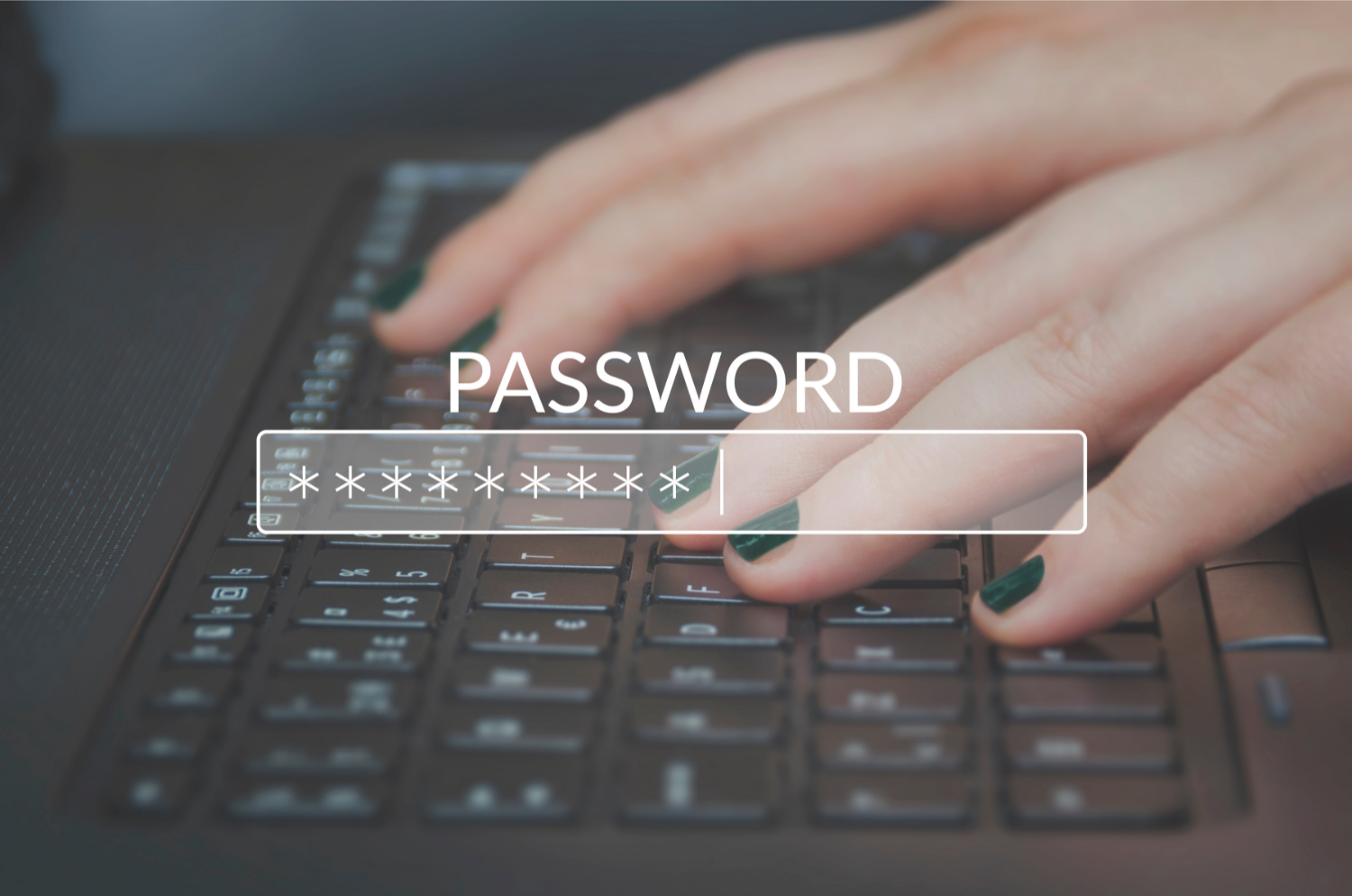
Enhancing Password Security and Authentication Practices Authentication, as defined by the National Institute of Standards and Technology (NIST, 2023), is the process of verifying the identity of a user, process, or device, typically required before granting access to information system resources. Traditionally, this has been accomplished through one-factor authentication—something you know, such as a password or PIN. However, the evolving threat landscape has led to the adoption of multifactor authentication, which combines two or more authentication factors, enhancing security significantly. Multifactor Authentication: Strengthening Identity Verification Multifactor authentication typically involves combining something you know (like a password) with something you have (like a mobile token or key) or something you are (such as facial recognition or fingerprints). For instance, a common multifactor approach is combining a password (something you know) with a one-time PIN sent to your mobile phone (something you have). While multifactor authentication provides heightened security, it's essential to understand that it may impact system availability. Password Policy: A Critical Element Password policy plays a vital role in access administration. It sets the rules for password parameters, including length, complexity, age, and reuse. Recent Microsoft research highlights the importance of well-designed password policies, as overly frequent password changes can lead to predictability, with users selecting easily guessable passwords. Effective password policies and user training are essential to ensure that users grasp the responsibility they bear for safeguarding their passwords. Learning from Real-World Incidents Recent headlines, such as the Colonial Pipeline attack by the Darkside hacker group, underscore the significance of password and security policies. In this case, an employee's use of their company username and password on a compromised external site led to the breach, emphasising the need for robust security controls like two-factor authentication (2FA). This incident serves as a stark reminder of the potential consequences of lax password practices. The Role of Encryption Beyond password security, the way passwords and sensitive data are stored is crucial. Storing passwords in plain text or without encryption poses significant confidentiality and integrity risks if compromised. Encryption, the process of converting human-readable text into incomprehensible ciphertext, plays a pivotal role in modern IT systems. Various encryption techniques, including Secure Socket Layer (SSL) for web traffic and Advanced Encryption Standard (AES) for files, serve different purposes, utilising symmetric or asymmetric encryption methods as needed. Harnessing the Power of Hashing Hashing, though distinct from encryption due to the absence of a key and its non-reversible nature, is a valuable tool for document verification, digital signatures, and ensuring data integrity (NIST, 2022). Hash functions calculate a unique output, known as a hash digest, for input data of any size, making it a fundamental component of modern security practices. In conclusion, adopting multifactor authentication, implementing robust password policies, learning from real-world security incidents, and ensuring data encryption and hashing are fundamental steps toward enhancing your organisation's security posture in an ever-evolving digital landscape. Stay vigilant and informed to protect your digital assets effectively. Author: Shane Casey

DPI SSL is a technology used to inspect and secure encrypted internet traffic. DPI SSL traffic is intercepted by the firewall and decrypted. Once the traffic is decrypted, the firewall can apply various security and content filtering policies to the traffic, including Content Filtering, Intrusion Prevention, Antivirus Scanning and Application Control. Neglecting DPI SSL can leave your network vulnerable to hidden dangers, compliance violations, and productivity issues.
GET IN TOUCH
WITH US
Call Infinity IT today to see how we can help you put a cost effective solution in place for your business.
Email: solutions@infinityit.ie
Dublin (Head Office)
Infinity IT Ltd, 17 The Mall,
Beacon Court, Sandyford,
Dublin 18.
Tel : 01 - 293 0090
Fax : 01 - 293 0137
Cork (Branch Office)
Infinity IT Ltd, Merchant House, Tivoli Industrial Estate, Tivoli, Cork.
Tel : 021 - 7011600
Fax : 01 - 293 0137


